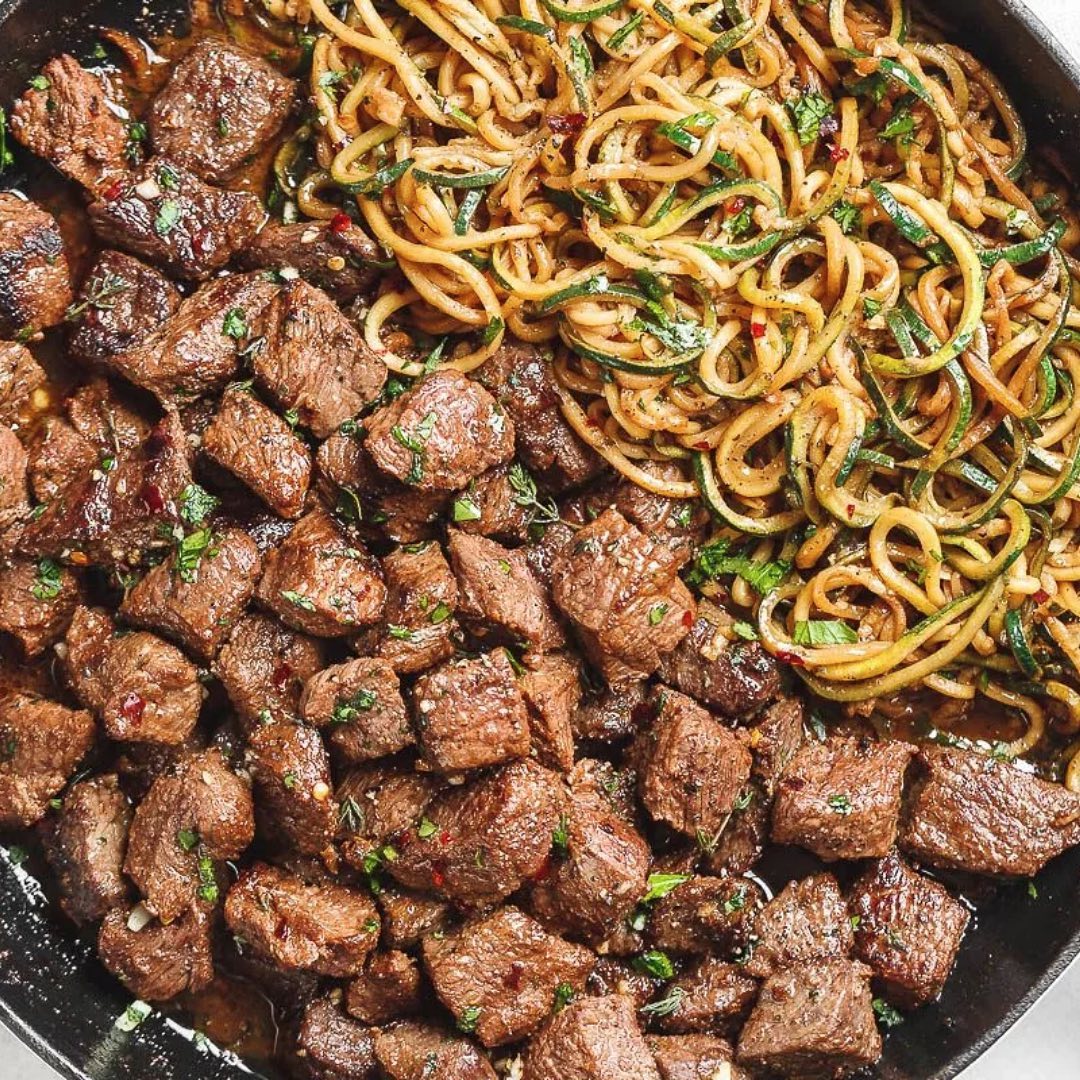Intermittent Fasting: A Healthy Guide

Most diets focus on what to eat, while intermittent fasting is all about when you eat. With intermittent fasting, you purposely only eat during specific times. Fasting for a certain number of hours each day or eating just one meal a couple of days a week, can help your body burn fat. To delve deeper into the benefits of intermittent fasting, check out this comprehensive video on the science behind it.
How Does Intermittent Fasting Work?
There are several different ways to do intermittent fasting, but they are all based on choosing regular periods to eat and fast. For instance, you might try eating only for eight hours each day and fast for the remainder. Or you might choose to eat only one meal a day two days a week. There are many different intermittent fasting schedules. Intermittent fasting works by prolonging the period when your body has burned through the calories consumed during your last meal and begins burning fat.
Many individuals discover long-term adherence to this pattern.
What’s The Plan?
It’s important to check with your doctor before starting intermittent fasting. Once you get his or her go-ahead, the actual practice is simple. You can pick a daily approach, which restricts daily eating to one six- to eight-hour period each day. For instance, you may choose to try 16/8 fasting: eating for eight hours and fasting for 16. Williams is a fan of the daily regimen: She says most people find it easy to stick with this pattern over the long term.
Another, known as the 5:2 approach, involves eating regularly five days a week. For the other two days, you limit yourself to one 500–600 calorie meal. An example would be if you chose to eat normally every day of the week except Mondays and Thursdays, which would be your one-meal days.
Longer periods without food, such as 24, 36, 48, and 72-hour fasting periods, are not necessarily better for you and may be dangerous. Going too long without eating might encourage your body to start storing more fat in response to starvation.
For personalized advice on intermittent fasting, consult with a registered dietitian or nutritionist.
As we wrap up our exploration of intermittent fasting and its impact on our health, it’s time to shift our focus to another aspect of holistic well-being – cardio exercises for non-runners. Just as intermittent fasting offers a unique approach to nourishing our bodies, incorporating diverse cardio activities can provide a fun and effective way to boost cardiovascular health without hitting the pavement. In our next discussion, ‘5 Cardio Exercises for Non-Runners,‘ we’ll dive into exciting alternatives that cater to various preferences and fitness levels, ensuring a well-rounded journey towards a healthier lifestyle. Join us in discovering the joy of movement and the countless benefits it brings to both body and mind.




